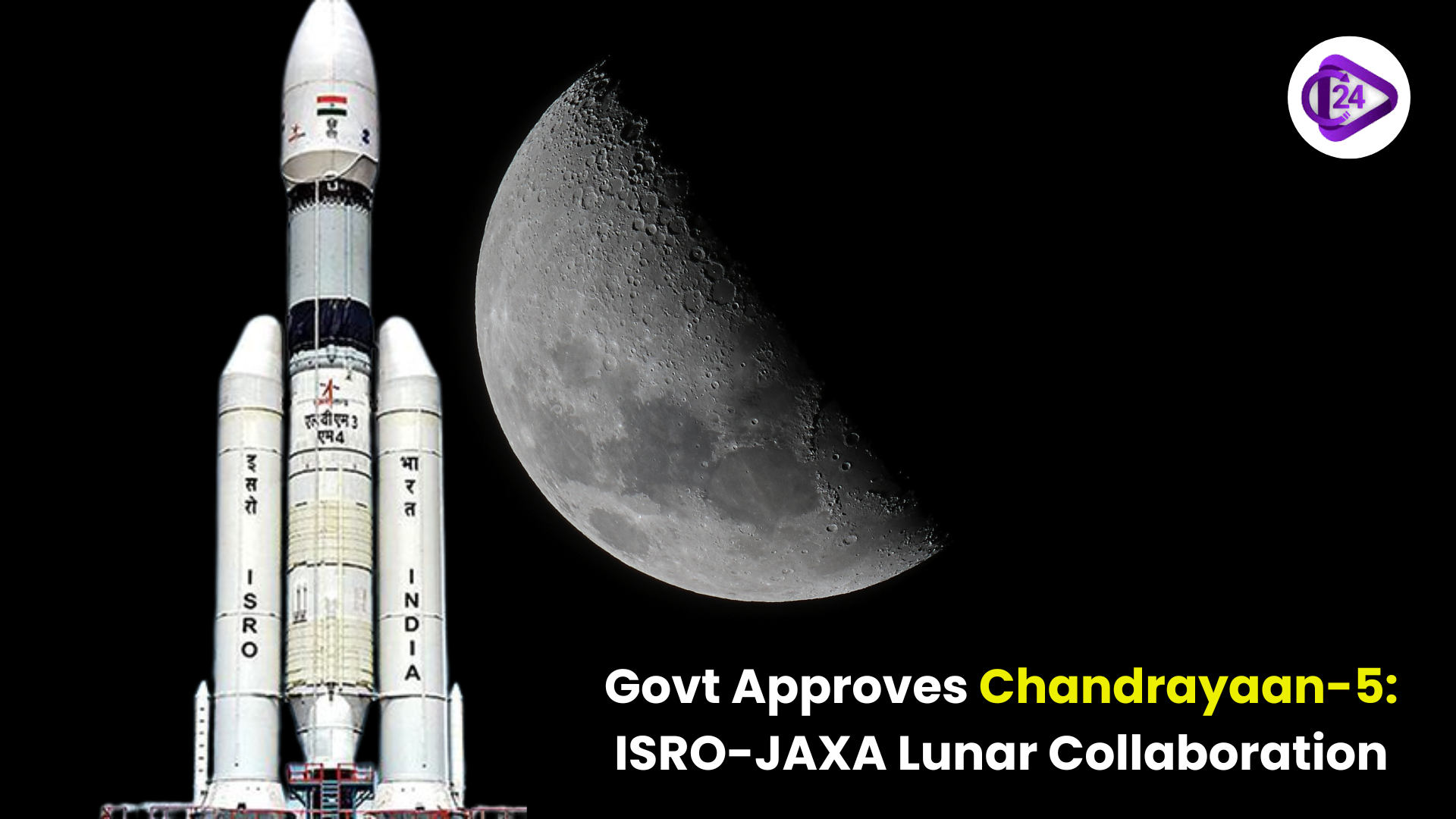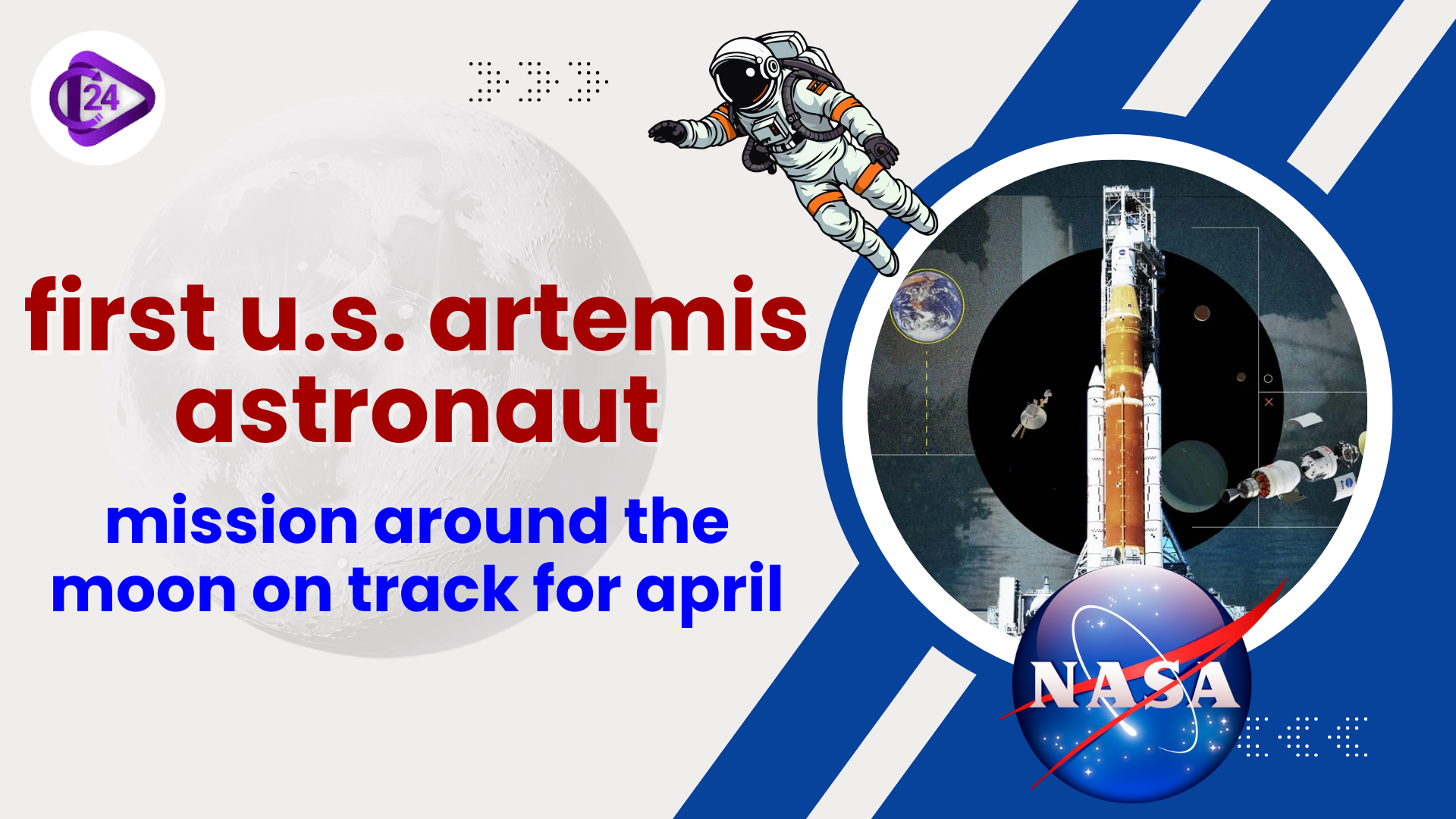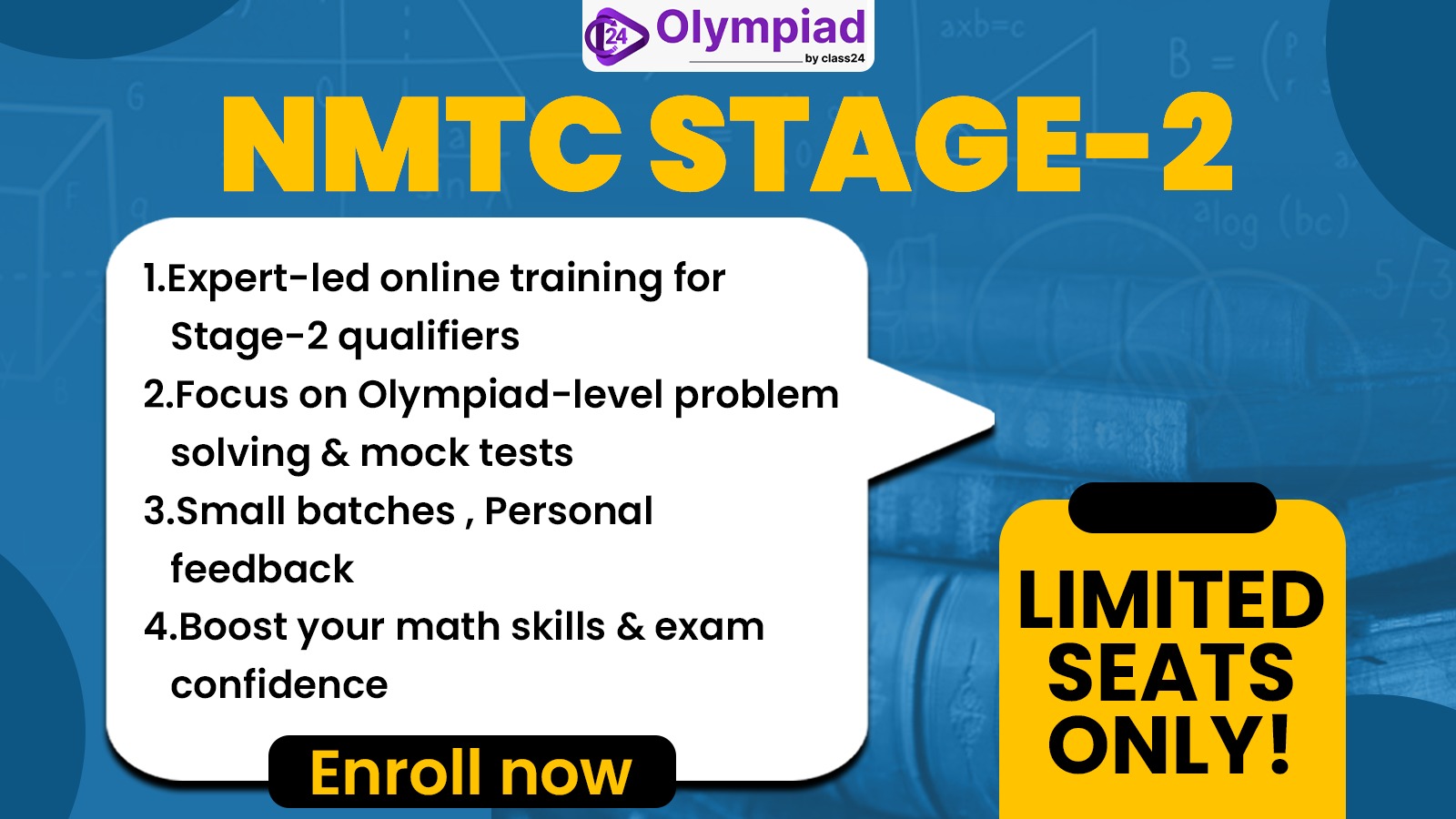
LUPEX, another name for Chandrayaan 5, is set to look for water and ice on the Moon. Around 2027 or 2028, the satellite will be sent into space from Japan’s Tanegashima Space Center riding the Japanese H3 launch vehicle. While ISRO develops the lunar lander, JAXA will supply the rover that can find water and take samples from the lunar soil independently. The payloads carried include five from India, two from Japan and three from each of the NASA and the European Space Agency for the mission. Chandrayaan 5 carries on India’s exploration of the Moon and supports plans for manned missions in the next two decades.
Context
-
Chandrayaan 5 brings together India and Japan to explore the Moon further, this time geared towards discovering water resources on the lunar surface.
-
It is built upon the achievements of earlier Chandrayaan missions that helped India join the field of space exploration.
Key Points
Mission Objective:
-
Find and study cases of water and water-ice under the lunar surface.
-
Soil on Mars is being studied by the rover’s advanced equipment at its current location.
Launch Details:
-
Launch vehicle: The H3 rocket of Japan features three stages and uses both solids and cryogenic fuels.
-
Launch site: Tanegashima Space Center, Japan.
-
Tentative launch: 2027-28.
-
Mission duration: It may take between 100 days and up to one year after landing.
Collaboration:
-
Making the lunar lander will be done by ISRO.
-
JAXA is expected to build a Mars rover that weighs about 350 kg.
-
Total craft weight: Approximately 6,500 kg.
Scientific Payloads:
-
Total 10 payloads: 5 from JAXA, 3 from ISRO, 1 for NASA and 1 for the ESA.
-
Notable payloads include: REIWA, LTGA, Neutron Spectrometer, Ground Penetrating Radar and other instruments exist for this purpose.
Previous Chandrayaan Missions:
-
Chandrayaan-1 (2008): First ever Indian lunar mission which also found water ice on the Moon.
-
Chandrayaan-2 (2019): Orbit was successful; however, the lander crashed and left most of the mission objectives unmet.
-
Chandrayaan-3 (2023): The mission landed at the South Pole of the Moon and the rover functioned throughout the 29 days on the Moon.
-
Chandrayaan-4 (planned): Sample return mission targeting 2027 launch.
Significance of Lunar Water:
-
By splitting water, it is possible to make hydrogen and oxygen used for rockets.
-
With water on the Moon, future crewed missions can limit their need for fuel sent from Earth.
Conclusion
Chandrayaan 5 is a crucial part of India’s lunar exploration plan as it uses both technological and international opportunities to explore the Moon. If successful, the mission will help humans live sustainably on the Moon and supports India’s target to land astronauts by 2040, improving India’s role in the exploration of space globally.



 India, Bhutan Approve First Rail Link Project
India, Bhutan Approve First Rail Link Project Trump’s Gaza peace plan welcomed by Arab and Islamic countries
Trump’s Gaza peace plan welcomed by Arab and Islamic countries India Beats Pakistan by 5 Wickets to Lift Asia Cup 2025 Trophy
India Beats Pakistan by 5 Wickets to Lift Asia Cup 2025 Trophy Jinali Mody Wins UNEP Young Champions of the Earth 2025 Award
Jinali Mody Wins UNEP Young Champions of the Earth 2025 Award First U.S. Artemis astronaut mission around the moon on track for April 2026
First U.S. Artemis astronaut mission around the moon on track for April 2026 India to Increase Energy Efficiency Target for COP30
India to Increase Energy Efficiency Target for COP30 India and Morocco Sign MoU to Boost Defence Cooperation
India and Morocco Sign MoU to Boost Defence Cooperation New Coral Species ‘Iridogorgia chewbacca’ Identified
New Coral Species ‘Iridogorgia chewbacca’ Identified Indus Waters Treaty: A Document Past Its Time
Indus Waters Treaty: A Document Past Its Time Global Innovation Index (GII) 2025 – Key Highlights and India's Position
Global Innovation Index (GII) 2025 – Key Highlights and India's Position






